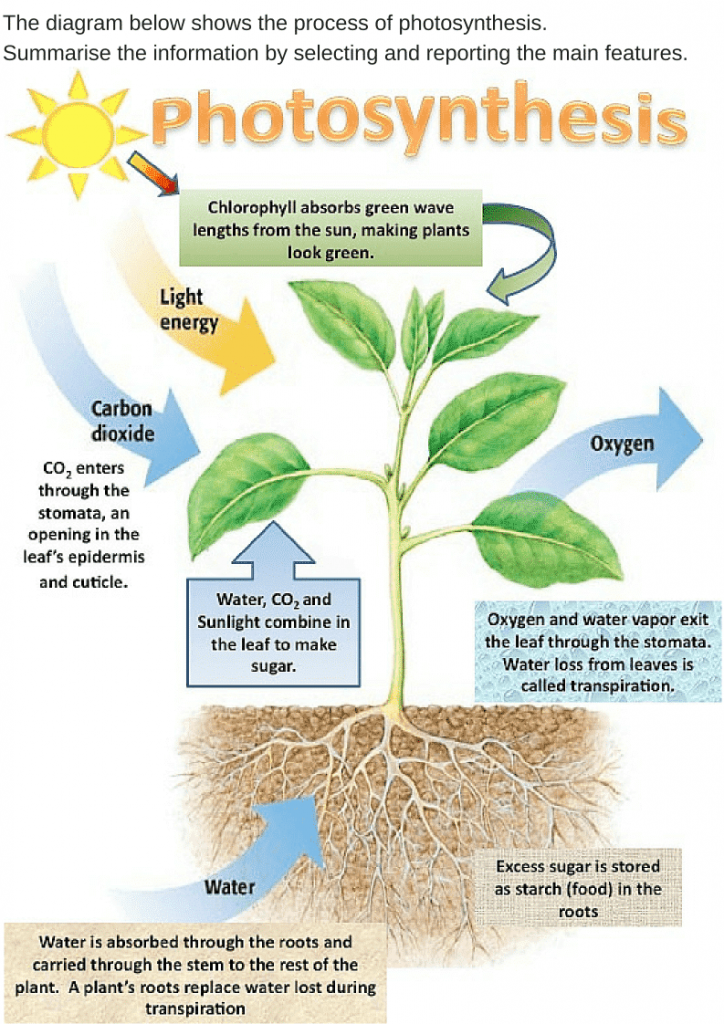

This scale, composed of increasing levels of intensity that range from imperceptible shaking to catastrophic destruction, is designated by Roman numerals.

On the Richter Scale, magnitude is expressed in whole numbers and decimal fractions.īecause of the_ logarithmic basis _of the scale, each whole number increase in magnitude represents a tenfold increase in measured amplitude as an estimate of energy, each whole number step in the magnitude scale corresponds to the release of about 31 times more energy than the amount associated with the preceding whole number value.Īlthough numerous intensity scales have been developed over the last several hundred years to evaluate the effects of earthquakes, the one currently used in the United States is the Modified Mercalli (MM) Intensity Scale. Adjustments are included for the variation in the distance between the various seismographs and the epicenter of the earthquakes. The magnitude of an earthquake is determined from the logarithm of the amplitude of waves recorded by seismographs. The impact of earthquakes depends on 3 factors: Which is most accurate in measuring earthquakes? Your answer should include: Logarithmic / numerical / observed effects / scale Impact of Processes The table demonstrates this.ĭescribe the anatomy of an earthquake Your answer should include: Fault / epicentre / focus / pressure / energy / seismic waves Examine the difference between the Richter and Mercalli scales. This book deals with the nature of interstellar matter, treating both the rarefied hydrogen and helium gas pervading the universe and the heavier atoms. Their lava is very different, as is their eruption and shape. These are two different types of volcano.The shaking then becomes progressively less severe with distance from the epicentre, like ripples spreading outwards in a pond.Įarthquake tremors usually last for less than a minute followed by several weeks of aftershocks as the crust settles. Many processes operate at the coast - for example, sub-aerial weathering, erosion, transportation and deposition. The epicenter commonly experiences the most severe ground shaking. The distance between the hypocentre and the epicentre is called the focal depth. In the days before death, people often begin to lose control of their breathing. The brain and organs receive less oxygen than they need and so work less well. The epicenter is the point on the surface directly above the focus. When someone is dying, their heartbeat and blood circulation slow down. The breaking point is called the hypocentre of the earthquake.
#Physical processes series#
When the strength of the rocks under pressure is overcome, they fracture along cracks called faults sending a series of seismic shockwaves to the surface. Influence on the Natural Greenhouse Effect.


 0 kommentar(er)
0 kommentar(er)
